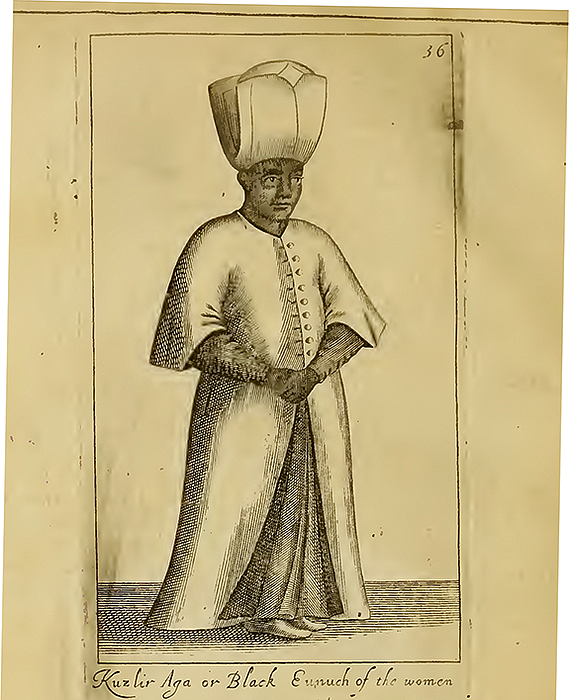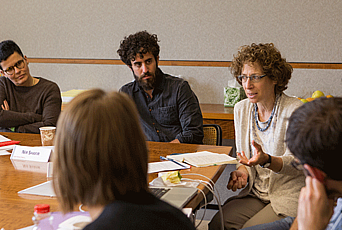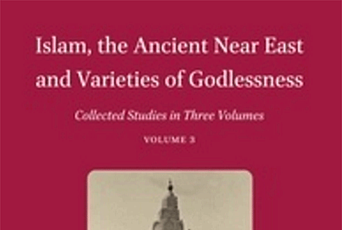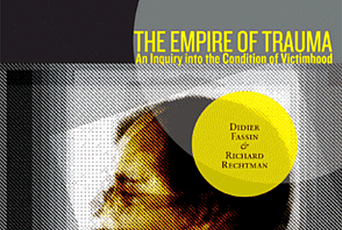The Chief Eunuch of the Ottoman Imperial Harem

One rarely finds [a eunuch] who has, like him, an open forehead, a well-made nose, large, clear eyes, a small mouth, rosy lips, dazzlingly white teeth, a neck of exact proportion without wrinkles, handsome arms and legs, all the rest of his body supple and unconstrained, more fat than thin.
—Jean-Claude Flachat, Observations sur le commerce et sur les arts d’une partie de l’Europe, de l’Asie, de l’Afrique et même des Indes orientales (Lyon: Jacquenode père et Rusand, 1766), II: 127–28 (translation by Jane Hathaway)
So runs a description of the Chief Harem Eunuch of the Ottoman Empire by the French merchant Jean-Claude Flachat, a frequent visitor to the Ottoman palace during the early 1750s. He was speaking of a man who had been enslaved in his native Ethiopia, transported to Upper Egypt for castration, then sold on Cairo’s slave market. He would have been presented to the imperial palace by the Ottoman governor of Egypt or one of Egypt’s grandees, and entered the harem as one of several hundred subordinate harem eunuchs. He would have worked his way up the harem eunuch hierarchy over several decades before achieving the ultimate office on the death of his predecessor.
In employing East African eunuchs in this way, the Ottomans were following a venerable tradition. The use of eunuchs as guardians of a ruler’s inner sanctum dates to some of the world’s earliest empires. Stone friezes from the Neo-Assyrian Empire, which ruled northern Iraq and Syria from 911–612 B.C.E., depict smooth-cheeked young men—eunuchs—attending the heavily bearded emperor during his hunts. In fact, virtually all pre-modern empires in the Eastern Hemisphere, with the notable exceptions of western Europe and Russia, employed eunuchs at their courts.
The great Islamic empires, beginning at least with the Abbasids (750–1258 C.E.), likewise employed eunuchs. East African eunuchs seem to have been particularly popular as harem guardians for reasons that remain unclear. Lascivious African harem eunuchs are a trope in the Thousand and One Nights tales, many of which depict life at the Abbasid court in Baghdad. In actual fact, the harem eunuchs kept the sexuality of the harem residents in check rather than facilitating it, just as their counterparts in the barracks and the ruler’s privy chamber kept the sexuality of the male pages-in-training in check.
But why Africans? Availability was a key factor. Egypt could easily tap into the ancient slave caravan routes that ran through Sudan, while the Muslim kingdoms that emerged along Africa’s Red Sea coast during the medieval period raided the kingdom of Ethiopia for slaves, whom they transshipped across the Red Sea to the Arabian peninsula. The Ottomans in the late sixteenth century went so far as to conquer a good chunk of the Horn of Africa, as well as part of Sudan, giving them direct control, at least temporarily, over the slave trade routes. Apart from availability, the sheer cultural and linguistic differences between the African harem eunuchs and the harem residents, who, under the Ottomans, came predominantly from the Balkans and the Caucasus, would have prevented any meaningful contact—political, romantic, sexual—between the eunuchs and the women they were guarding—at least in the case of young harem women and young harem eunuchs. In later life, harem women, and above all the sultan’s mother, forged influential political partnerships with the most senior harem eunuchs.
Clearly, the Chief Harem Eunuch was far more than a harem functionary. His activities reinforced the Ottoman sultan's religious and political authority, contributing to the promotion of Sunni Islam in general and the Hanafi legal rite in particular.
Even the earliest Ottoman sultans had harems guarded by eunuchs, and there was presumably always a head eunuch, or at least a primus inter pares. But the office of Chief Harem Eunuch was created only in 1588, nearly three hundred years after the Ottoman state’s emergence and well over a century after the Ottoman conquest of Constantinople from the Byzantines. Sultan Murad III (r. 1574–95) inaugurated the post when he transferred supervision of the imperial pious foundations for the Muslim holy cities of Mecca and Medina to the head of the harem eunuchs from the head of the white eunuchs who patrolled the third court of Topkapı Palace, where the sultan had his privy chamber. The Ottoman sultan derived a good part of his international prestige from his status as “custodian of the two holy cities,” and the pious foundations, which supplied grain and services to the poor of Mecca and Medina, as well as to Muslim pilgrims, contributed to his status. Since land and properties throughout the empire were endowed to these foundations, the Chief Harem Eunuch cultivated a network of clients in every province who could ensure that the requisite grains and revenues were delivered every year. Egypt loomed particularly large in the Chief Eunuch’s considerations, for the holy cities’ grain came almost entirely from a large number of Egyptian villages endowed to the pious foundations. This continuous connection to Egypt perhaps helps to explain why, beginning in the early seventeenth century, most Chief Eunuchs were exiled to Cairo on being removed from office. By the 1640s, an entire exiled eunuch neighborhood had sprung up to the west of Cairo’s citadel.
In certain respects, the evolution of the office of Chief Harem Eunuch mirrored institutional, social, and economic developments in the Ottoman Empire as a whole. The office was created just before the onset of the prolonged crisis of the seventeenth century, when a series of sultans died in their twenties or even in their teens, leaving no heirs or only tiny children. In this atmosphere, the Chief Harem Eunuch, along with the sultan’s mother, became the main influence on the sultan’s development as a statesman, or lack thereof. The crisis ended in the latter half of the century with the rise of the reforming grand viziers of the Köprülü family, who promoted Chief Harem Eunuchs from their own household. By the early eighteenth century, the empire had adapted to the crisis. Its economy grew again as trade with western Europe, and France in particular, boomed. The Chief Harem Eunuchs of the era directly encouraged this trade by serving as conduits for European luxury goods to the women of the harem. El-Hajj Beshir Agha (term 1717– 46), the longest-serving and most powerful Chief Eunuch in Ottoman history, presided over elaborate nighttime garden parties at which luxurious European baubles were conspicuously consumed.
El-Hajj Beshir Agha was, according to European observers, a “vizier-maker,” in stark contrast to the Chief Eunuchs of the Köprülü era, who served at the pleasure of the grand viziers from that family. But following his death in 1746, Ottoman grand viziers began to compete with the Chief Eunuch for influence, and they often prevailed. The Westernizing reforms of the mid- to late nineteenth century finally eclipsed the Chief Harem Eunuch’s power; the office was in abeyance from the 1830s through the end of the empire following World War I.
But the Chief Harem Eunuch’s influence extended beyond palace politics, on the one hand, and the holy cities, on the other. Through his personal pious endowments, he founded mosques, madrasas, Qurʾān schools, and libraries throughout the empire that had a profound effect on Ottoman religious and intellectual life. In frontier provinces such as what are now Bulgaria and Romania, these foundations reinforced the presence of the Ottoman brand of Sunni Islam of the Hanafi legal rite, not least by supplying manuscripts of canonical works of Hanafi law and theology. In venerable Muslim cities such as Cairo and Medina, such foundations reinforced Hanafism in regions where adherents of other Sunni legal rites formed a majority. Revenue for these institutions came from markets, farmland, mills, warehouses, and residential properties scattered across the same territories.
Clearly, the Chief Harem Eunuch was far more than a harem functionary. His activities reinforced the Ottoman sultan’s religious and political authority while contributing to Ottoman promotion of Sunni Islam in general and the Hanafi legal rite in particular. In the course of endowing religious and educational institutions, furthermore, he contributed to infrastructural development in the Ottoman capital and in the provinces.


